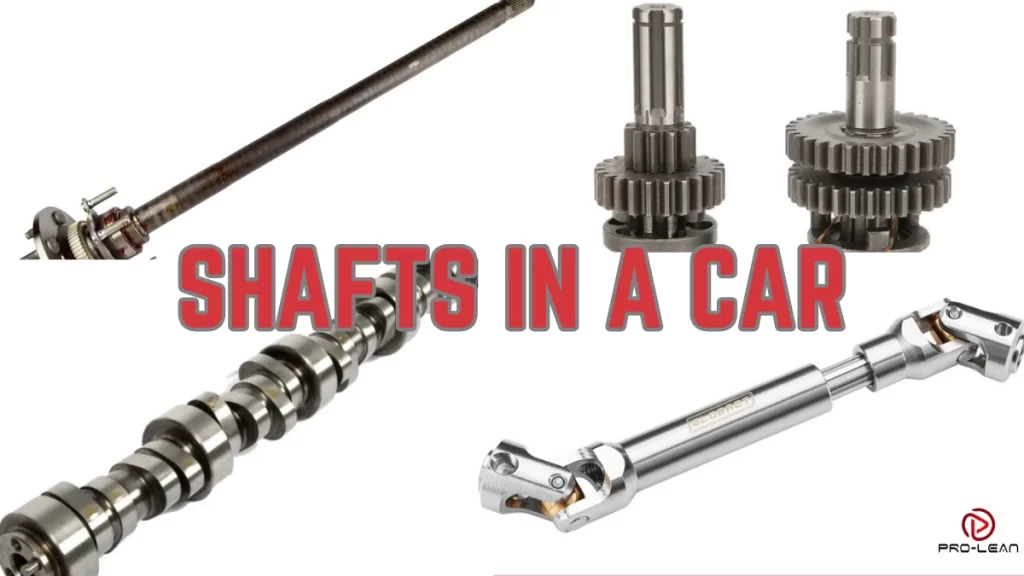
Shafts in a car
Most topics about cars revolve around aesthetics, speed, and modern features. However, shafts in a car are part of a crucial network of components found in every car, regardless of brand or make, that keep everything running properly. For anyone dealing with shafts in a car, it is essential to have the intricacies of this component.
Simply put, a shaft in a car is a mechanical component that transmits motion, power, and torque from one point to another within a car. It ensures the efficient and smooth operation of different automotive components and systems.
Beyond the transmission function, shafts are significant in mechanical linkages and bearing support. Without shafts, cars would technically be unable to move because even the engine power would remain unused. In short, a car would be a shell of metal.
That’s why CNC machining for shafts is such a critical component of car manufacturing. In the next section of the article, we look at the shaft in more detail.
What Is A Shaft In A Car?
A shaft in a car is a mechanical device that transmits motion, torque, and power from one point to another. It is often tubular and built from sturdy materials such as carbon fiber composites, steel alloys, and aluminum alloys.
Proper design and production of shafts in a car is critical to avoid challenges like torsional vibration, fatigue failure, and corrosion. Note that shaft weight is not always reflective of strength. Aluminum, for instance, is lightweight, but can form very strong shafts for cars.
How Many Shafts Are There In A Car?
The number of shafts in a car is not definitive because it depends on factors such as the type of car, the transmission system, shaft purpose, and the drivetrain. However, there are usually several, at least 10 in complex cars, and slightly less for the simpler car designs.
Smaller cars have standard shafts, including vehicle driveshafts and transmission shafts. For the larger cars, extra shafts are necessary for more stability and balance, and more effective power, torque, and motion transmission.
The major categories of the shafts in a car are engine shafts, transmission shafts, drivetrain shafts, and steering shafts.
Types Of Shafts In A Car
Shafts in a car can be categorized by design or by function. Going by the function categorization and as outlined above, the different shafts are engine shafts, transmission shafts, drivetrain shafts, and steering shafts.
Engine Shafts
Engine shafts comprise the crankshaft and camshaft.
Crankshaft
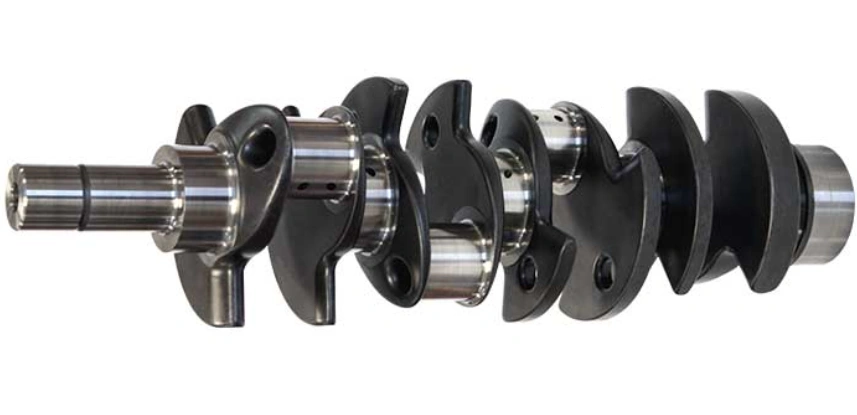
Crankshaft
The crankshaft derives rotational motion from the linear motion of the engine pistons. The rotational motion turns the flywheel and is transmitted through various shafts and mechanisms to the wheels, which drive the car. Apart from this conversion, the crankshaft also drives the camshaft and oil pump, among other components. The main parts of the crankshaft are crankpins, main journals, counterweights, oil channels, and thrust flanges. In electric cars, there is no crankshaft, so the transmission system receives torque directly from the motor shaft.
Camshaft
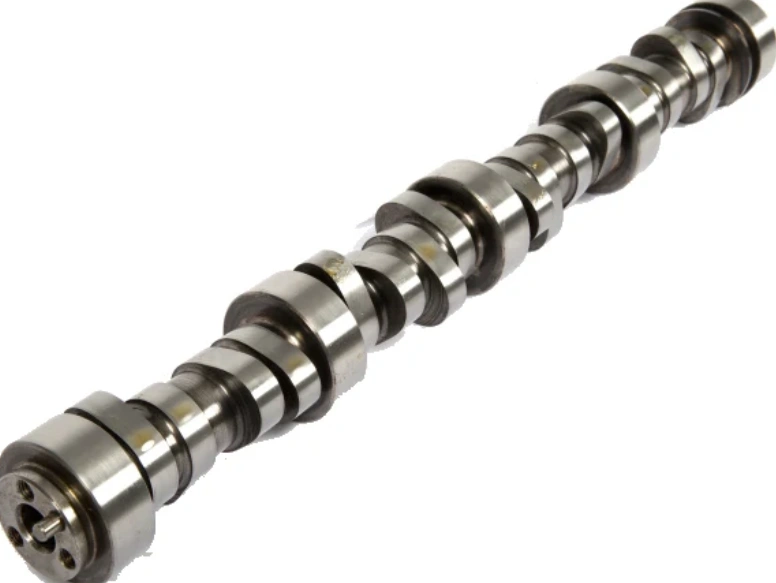
Camshaft
The camshaft is a complex engine component that controls the motion of the car valves. Its specific function in the engine is to ensure that the intake valves open at the right time for the air-fuel mixture to enter the engine.
The most noticeable features on the camshaft are lobes, which protrude strategically along the length of the shaft.
Transmission Shafts
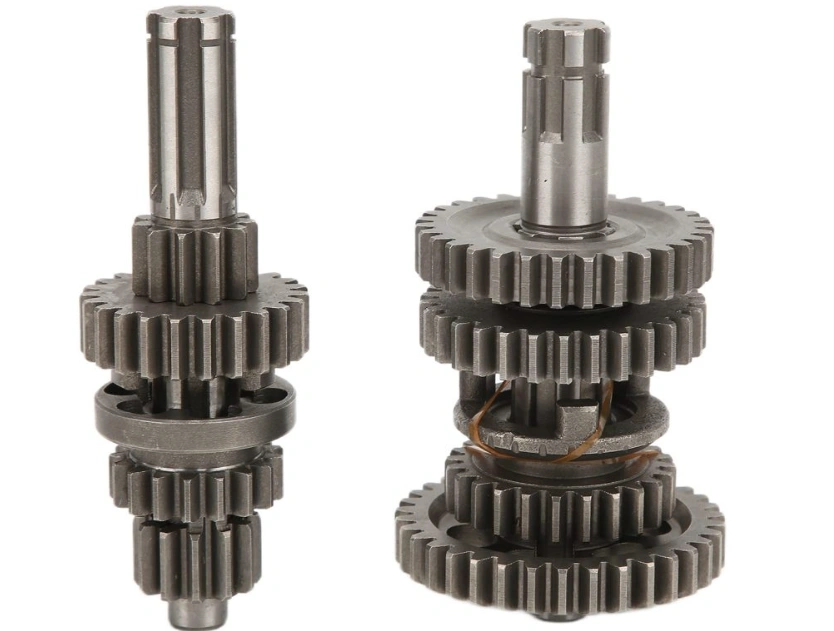
Transmission shafts
A transmission shaft in a car is a mechanical component that transmits rotational power and motion between components or parts. Specifically, it transmits power and motion from the engine to the wheels.
The transmission shaft is not a standalone component; it works in tandem with the main case or central housing, bearings, bearing housing, bolts for fastening, and caps.
The main types of transmission shafts are axle shaft, counter shaft, input (clutch) shaft, intermediate shaft, output (main) shaft, and propeller shaft. Each of these shafts plays a critical role in power transmission in a car.
Input (clutch) Shaft
As suggested by the name, this shaft is next to the clutch, so it is directly fed with engine power. It sends this power to the rest of the transmission system.
Output (main) Shaft
The function of drive shaft is to transmit torque after gear selection from the gearbox to the differential (FWD) or the rear wheel drive shaft drives and four-wheel drives.
Counter Shaft
Located in the gearbox, this transmission shaft carries gears that transmit power between the input and output shafts.
Intermediate Shaft
The intermediate shaft is found in FWD or AWD systems, where it balances torque transmission, preventing problems like vibration and torque steer.
Drivetrain Shafts
The two main categories of drivetrain shafts in a car are axle shaft and car Drive Shaft (Propeller Shaft).
Axle Shaft
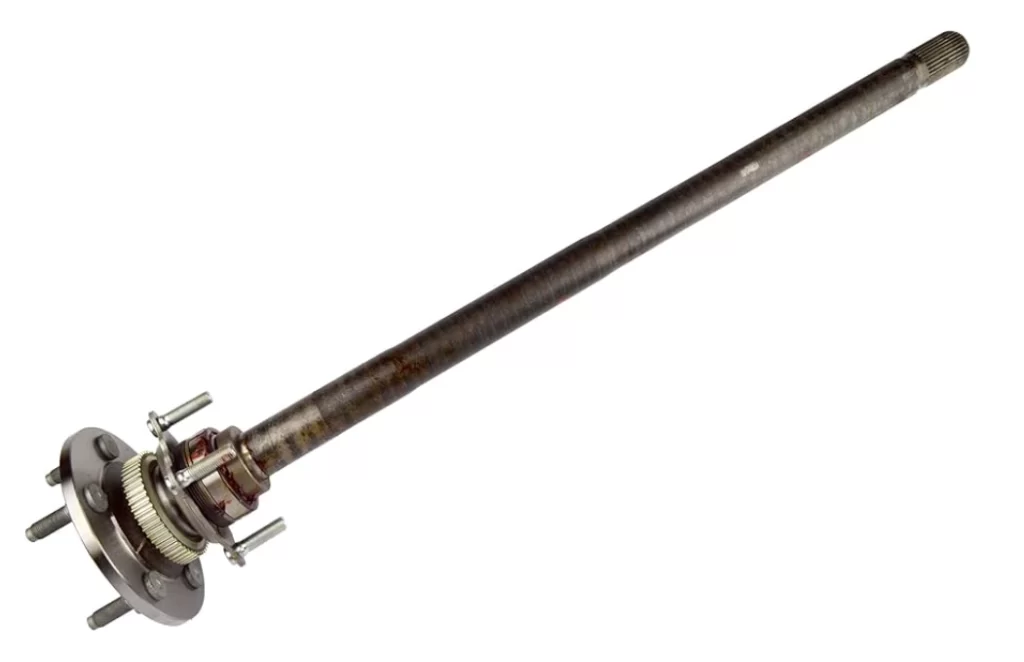
Rear axle shaft
Transmits the drive torque from the differential to the car’s wheels. It does so while also giving room for steering and suspension.
Automotive Drive Shaft/Propeller Shaft
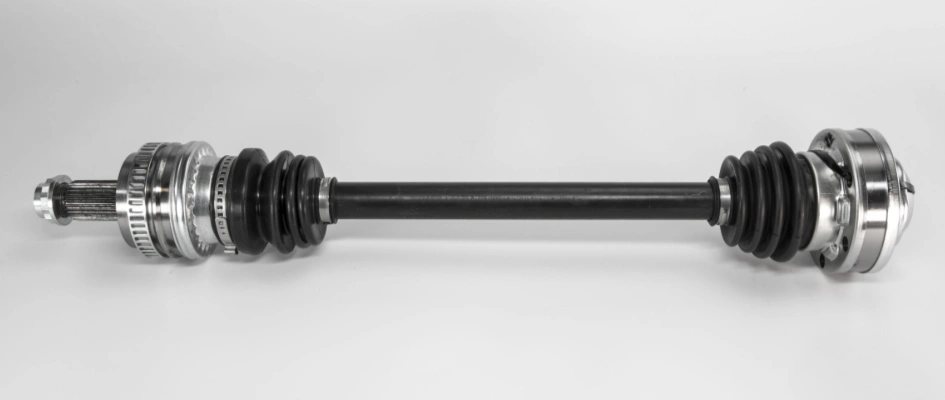
Propeller shaft
The vehicle driveshaft, also called the propeller shaft, is another critical type of shaft in cars.
Steering Shafts
The car steering system comprises an input shaft and an intermediate shaft. When the driver rotates the steering wheel, the first shaft to receive this torque is the steering column shaft. This collapsible component is normally built inside a housing.
Next to it is the intermediate steering shaft, which features flex couplings or universal joints (U-joints) for flexibility.
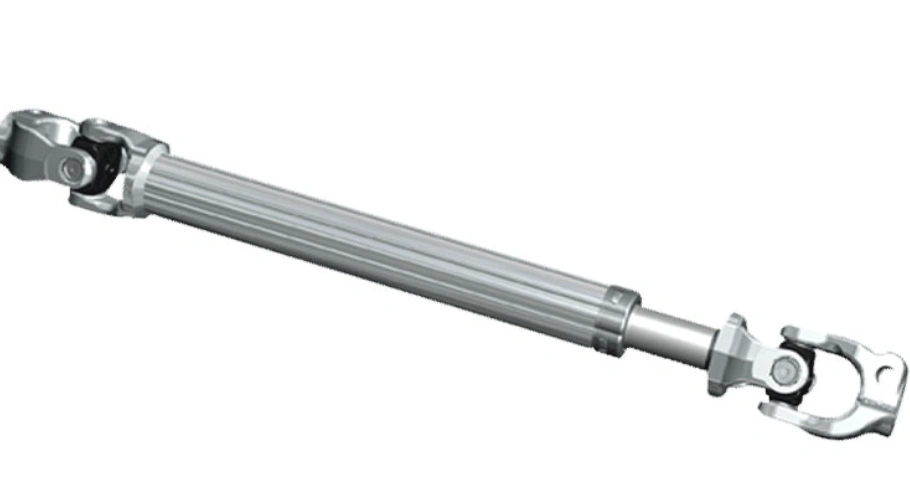
Steering shaft
Try Prolean Now!
Different Functions Of Shafts In A Car
One of the main functions of the transmission and drive shafts in a car is to transmit torque and motion from one point to another. To add to the transmission function, car shafts also do the following;
- Provide a mechanical linkage
- Reduce friction
- Align mechanical systems
- Ensure smooth rotation
Materials Used To Make Shafts In A Car
All shafts in a car are designed and manufactured for functionality and durability, and that’s why the prominent materials for these components are alloy steel, carbon steel, aluminum alloys, forged steel, and stainless steel.
Aluminum Alloys For Strength-to-Weight Ratio
Some automotive manufacturers use aluminum alloys to replace steel for shafts to reduce the weight of these components. However, it is important to note the limitations of aluminum alloys in high-torque applications. Aluminum is generally not as strong as steel and other metals.
Alloy Steel Shafts In A Car
Alloy steel is one of the most popular materials for shaft in automotive. To add to its cost-effectiveness, this metal offers a unique combination of fatigue resistance, wear resistance, strength, and flexibility.
Stainless Steel Shafts
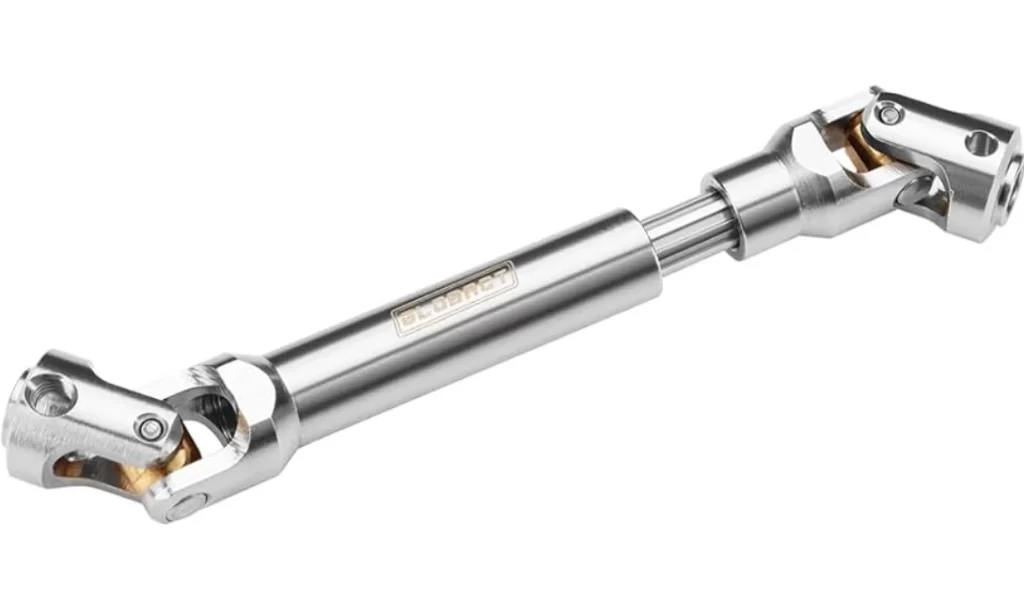
Stainless steel drive shaft
When a lot of value is placed on corrosion resistance, particularly in certain environments, manufacturers commonly consider stainless steel drive shaft components. You will find such designs in areas where moisture and harsh chemicals are common.
Try Prolean Now!
Manufacturing Process For Shafts In A Car
Manufacturing shafts in a car involves a series of steps and processes, which can be generally categorized as CNC machining, grinding, molding, heat treatment, and surface finishing.
CNC Machining
CNC machining is the cornerstone of manufacturing most machinery shafts, including those for automotive applications. Of course, CNC turning is the most popular of the different machining options, because it is primarily used to produce cylindrical parts.
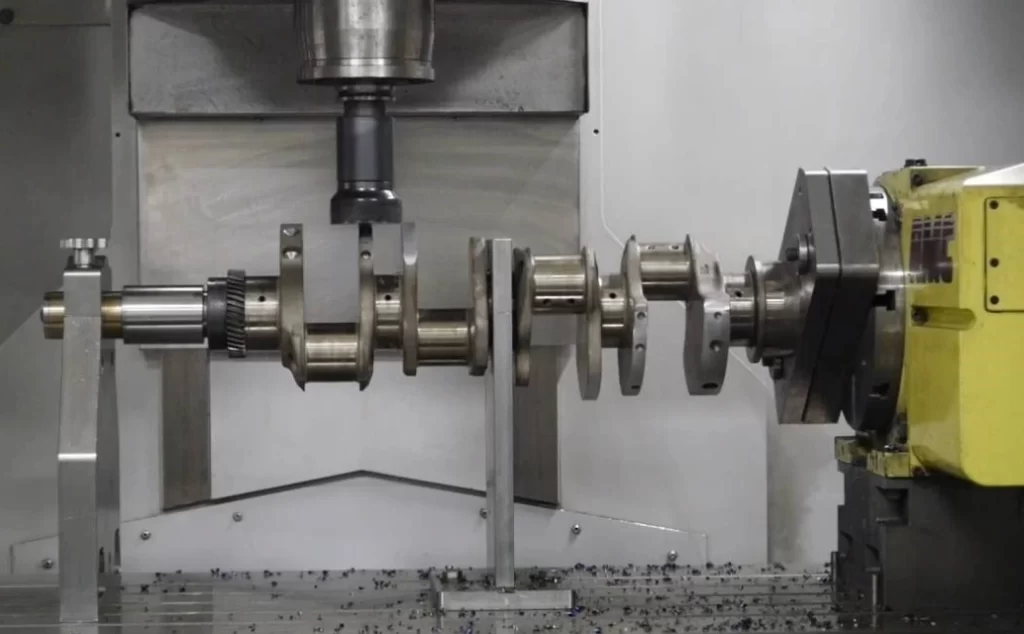
CNC crankshaft machining
The CNC machine rotates a workpiece of any suitable material as a single-point cutting tool moves along the length of the workpiece, removing material.
Custom-machined shafts in a car can also be produced through CNC milling, a process that involves a stationary workpiece and a multi-point cutting tool moving in three dimensions. Grooves, slots, irregular shapes, and related features on shafts are usually added through CNC milling.
CNC machining is also instrumental in producing specialized features such as splines, which are crucial for manufacturing spline shafts in automotive applications.
After CNC machining, shafts are joined using different types of fasteners to prevent vibrations and misalignments.
Forging
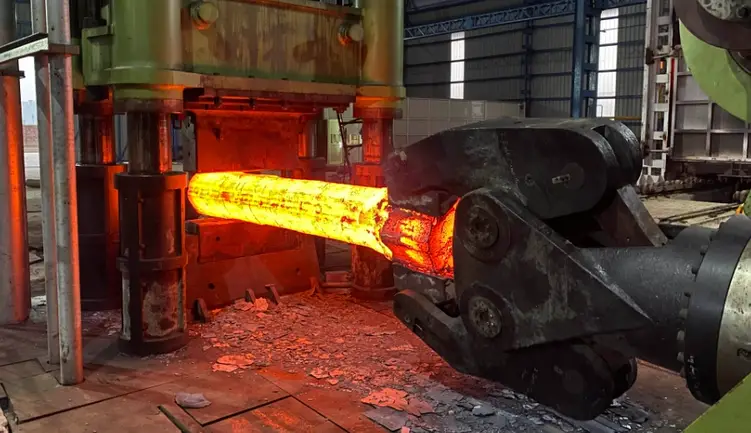
Shaft forging
Forging is a popular manufacturing method for shafts in a car, entailing the application of pressure and force to form shafts and related parts for a car. Joints, axle parts, crankshafts, and bearings are among the main auto parts made through forging.
Grinding
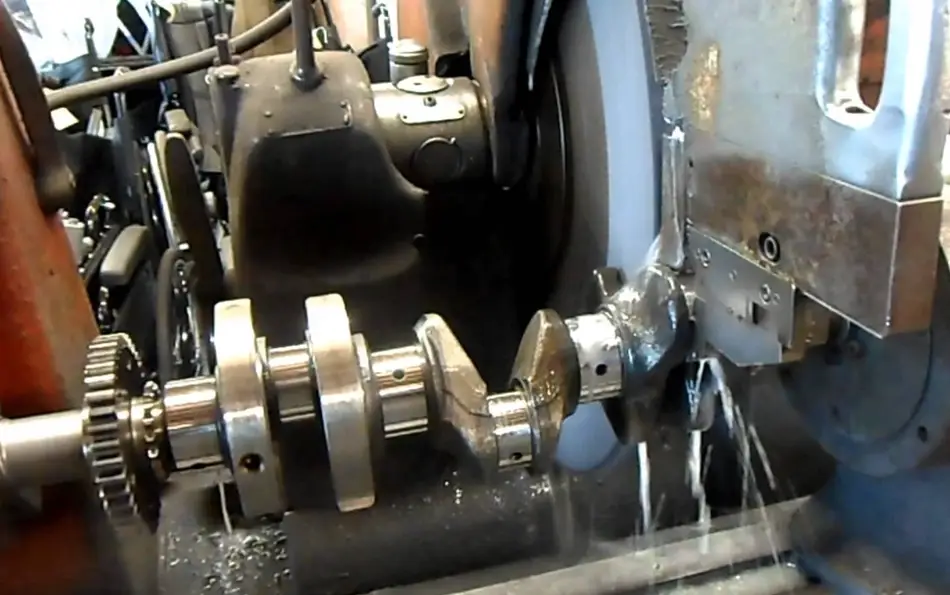
Shaft grinding
Grinding entails the use of an abrasive belt or wheel to produce super-precise finishes that other manufacturing processes may be unable to attain. A shaft that has undergone thorough grinding has a super-polished finish. Manufacturers use grinding to achieve superior dimensional accuracy.
Heat Treatment
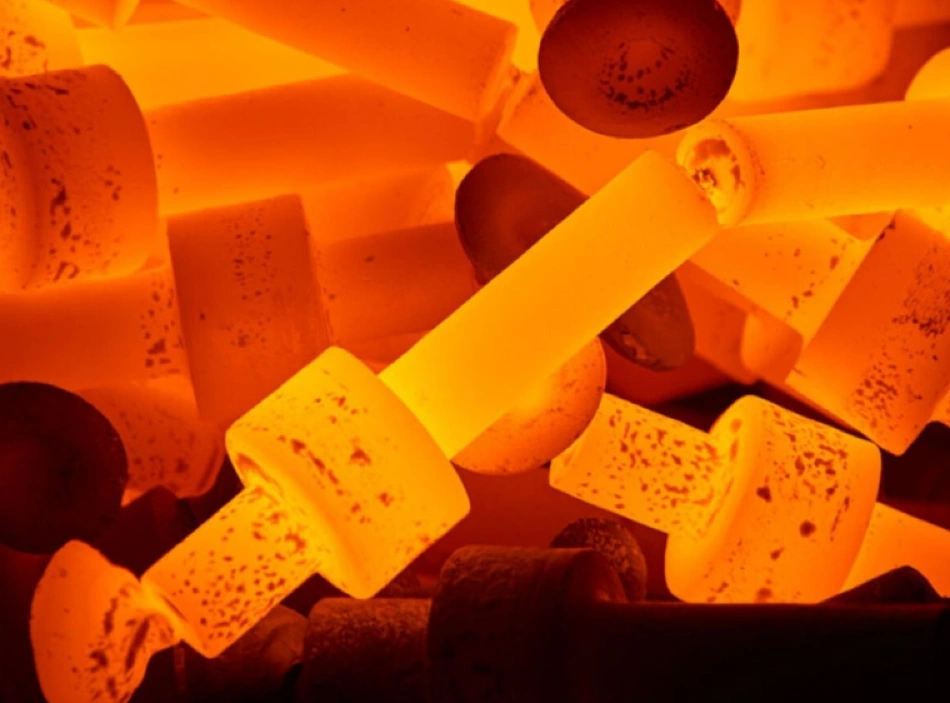
heat treatment aluminum 6061
Shafts for cars will often require enhanced mechanical properties, and that’s where heat treatment comes in. Manufacturers can use annealing, case hardening, tempering, and other processes to enhance shaft properties.
Surface Coating
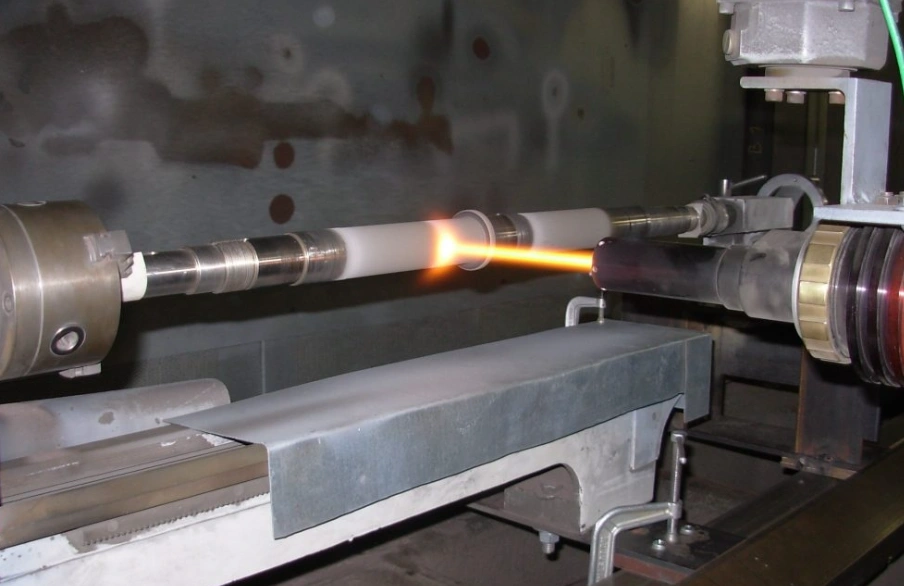
Shaft coating (HVAF spraying)
Car shafts are often subjected to black oxide, chrome plating, anodizing, galvanizing, and other surface treatments for enhanced corrosion and wear resistance. These treatments can also provide notable surface fatigue strength, which is necessary for the ever-strained shafts.
Molding
Molding in car shaft manufacturing comprises powder metallurgy (PM), casting, and aluminum die casting. These processes are suitable for lighter shafts in a car where torques and performance requirements are minimal.
How Much Does It Cost To Replace A Shaft On A Car?
Replacing a shaft in a car can range a lot because the factors involved are varied. It’s all because the task depends on elements like;
- Car brand and type
- Aftermarket vs OEM shaft
- Location – labor
Conclusion
Shafts in a car are essential in ensuring power is transferred from one component to another, smoothly and effectively. By dealing with the highest quality car shafts, you can ensure adequate and prompt power transmission. Well-designed and manufactured shafts by the best CNC machining team in the trade can guarantee top performance for ages.
Call ProleanTech today for more details about the component, including CNC machining services.
FAQs
- What Is A Drive Shaft?
A drive shaft is a mechanical component in a car designed to transmit torque from the engine to the wheels. It ensures the smooth transfer of this torque to ensure a flawless driving experience.
- What Does The Drive Shaft Connect To?
The drive or propeller shaft is connected to the differential of the rear axle on one end and the output shaft of the gearbox on the other end. This connection facilitates the transmission of rotational power to the wheels of the car.
- How Does A Drive Shaft Work?
The drive shaft purpose in a car is to transmit torque from the gearbox to the differential. It comes with slip and universal joints to allow for chassis movements.
- What Happens When A Drive Shaft Goes Bad?
A lot can happen when a drive shaft goes bad, including excessive vibration and misalignment. Regular inspection and vibration analysis can help identify issues before they escalate.
- How Long Do Drive Shafts Last?
The drive shaft of a car can last long, even as long as the car itself, but the exact duration depends on several factors – car type, usage, maintenance, and so on.

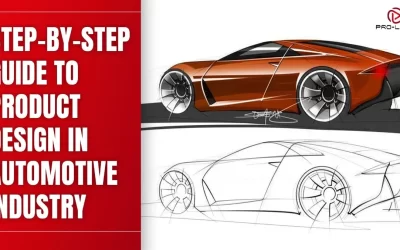
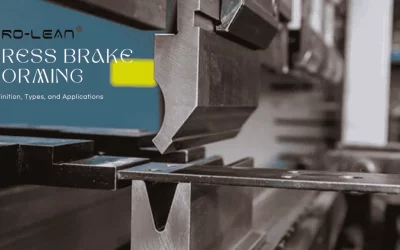
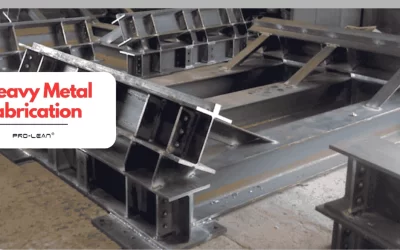
0 Comments